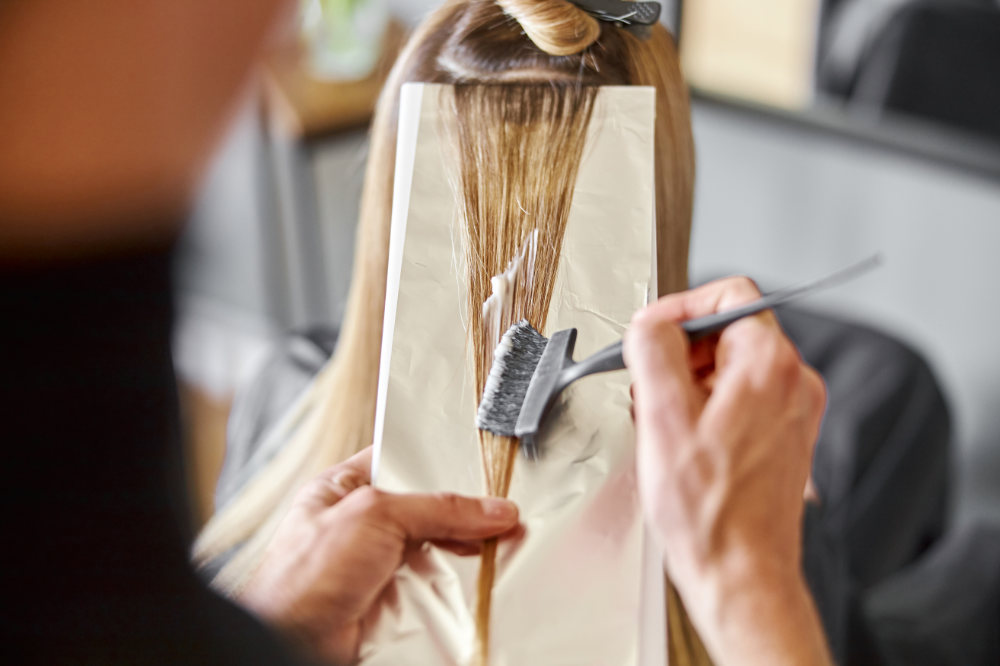What is the real cost of a full head of highlights? When I was a junior assistant at a salon, I used to rinse bleach down the sink and then place the tin foil tips in the waste bin next to the basin without giving it a moment’s thought. Sometimes, there wouldn’t even be enough time to grab a pair of gloves to protect your skin from the harmful bleach causing them to bleed from overexposure to the water and chemicals. We have been dying our hair for decades but with talks of sustainability on the rise, only now are we starting to think it is about time we check on what really happens.
Hair foils and the stars of the silver screen
Historically, pin-ups such as the iconic blonde bombshells, Bridget Bardot, Marilyn Monroe and Grace Kelly each recognised the potential of peroxide. There was never a moment when their neatly coiffed hair exposed dark roots or gave away the fact that their shiny mane of gold was not natural. This level of platinum power caused a worldwide sensation and it can still be felt today. It seems that women really do believe that blondes have more fun, however very few have stopped to think about the impact our blonde obsession is having on the world around us.
Let’s talk about sustainable hair foils
Of course, it is not just blondes that are to blame for the mountains of aluminum foils that end up in landfills on a daily basis; we all are, somewhere along the way. Even colour applied to the hair and left uncovered still has a damaging impact on the environment. I am not saying we should all don our eco-warrior armour and stop dying our hair completely, that would not be an attractive sight. The bottom line is that we all need to be mindful of the impact this fashion statement is having on the environment.
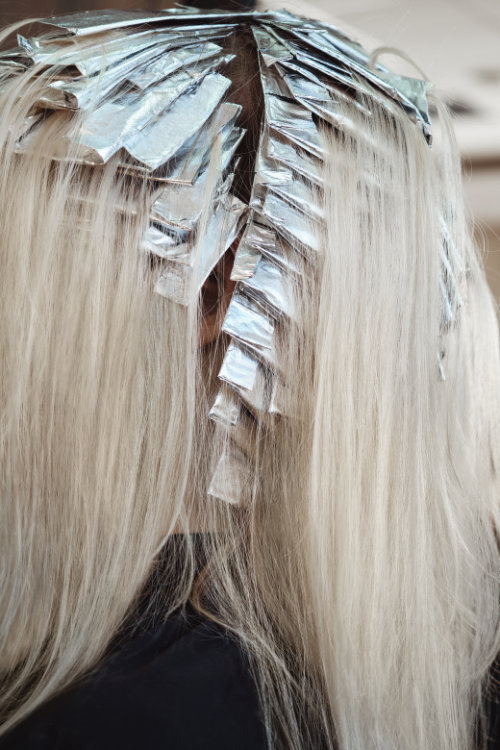
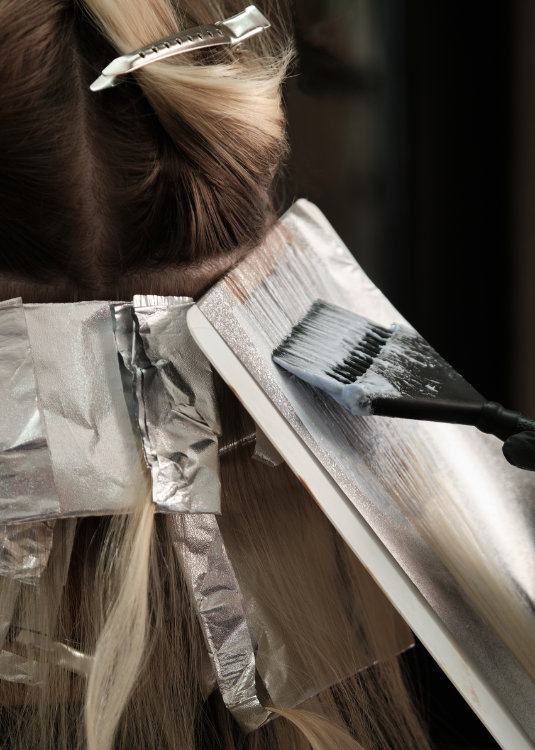
According to research conducted by Paul Frasca, the owner of Refoil a hairdressing foil company, the Australian hairdressing industry throws away over one million kilos of aluminium foil a year which is the equivalent of 715 Toyota Prius cars or four jumbo jets. Whilst this is shocking enough, Frasca goes on to estimate that this amount of toxic waste will take around 500 years to decompose. With only 1% of salons in Australia recycling their hair foils, this issue is only set to worsen unless a sustainable foil alternative becomes popular among hair artists and sustainable hair salons.
The Australian hairdressing industry throws away over one million kilos of aluminium foil a year which is the equivalent of 715 Toyota Prius cars or four jumbo jets.
The silent cost of hair foils
In the northern hemisphere, the foil situation looks equally grim and although there are few statistics on the subject, you just have to sit in a busy London salon to see handfuls of foil being thrown into the general rubbish bin. Lack of stats aside, if the salon has three technicians and each has eight clients a day, the chances are that they could be getting through as many as 960 pieces of traditional foil a day and that is just from one salon. Times this by all the salons in London and already you will have a sizable weight of foils in landfill.
“Many of my clients have been getting their hair coloured for decades” exclaims Caroline Arnaud, a London-based colourist and ex-head of L’Oréal in Latin America. “It has become a monthly ritual for most women.” The majority of women getting their hair coloured in UK salons fell between the age range of 35-44 according to Mintel. This has a direct link to the beauty industry’s anti-ageing regimes and women’s desire to banish any sight of a single grey hair. This age group of younger women also have financial independence and is, therefore, more likely to splash out on a full head of highlights than attempt to colour their hair at home.
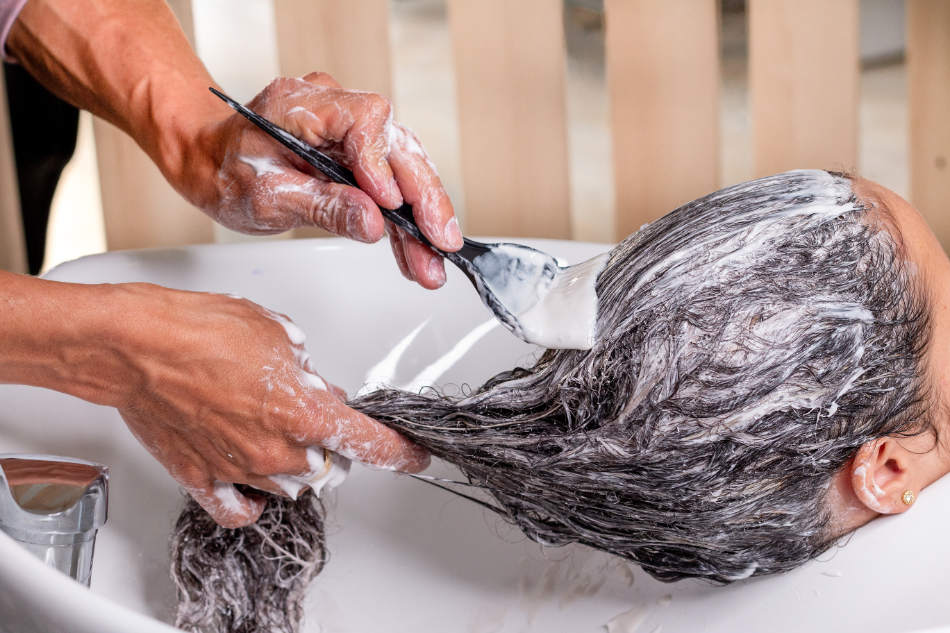
Sustainability and the hairdressing industry: Not a match made in heaven
Of course, foils are not the only unsustainable aspect of hair colouring. No salon is equipped unless they have a wide array of colour tubes and toner bottles stocked up in their storeroom. But this poses a whole new set of problems for salon owners. Not only do many town councils delegate the waste collection to private companies who are driven by profits But, to be able to recycle many of the products used in salons changes such as taking the metal springs out of the pumps of plastic bottles so that the metal and plastic can both be recycled.
The reality of this is that in a fast-paced, busy salon that caters to over 70 clients a day, there is just no time to be tinkering with old colour tubes and shampoo bottles. And if local authorities won’t collect the packaging in its original form, this then shifts the responsibility from the salon over to the product manufacturers, most commonly being Wella and L’Oreal. There has to be a different way.
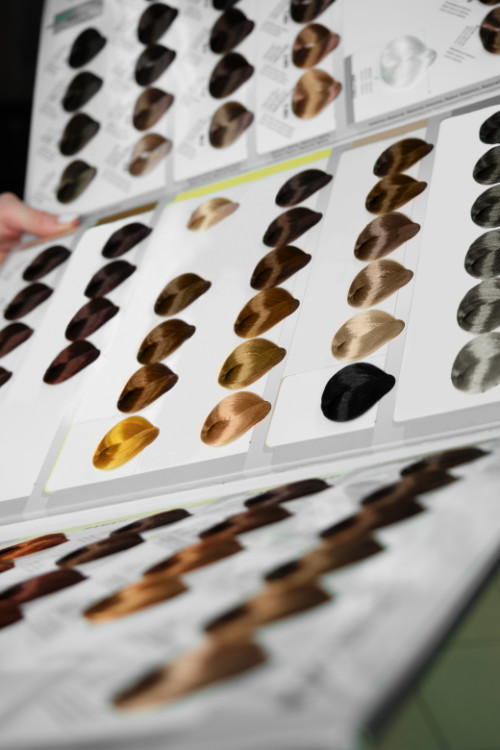
Wella Professionals have beat the critics to it and responded with a programme called ‘Committed Beyond Beauty’ which aims to provide education and solutions for salons looking to become more eco-friendly and also puts them at the forefront of this movement.
With expert research provided by the University of York and Professor James Clarke, President of The Green Chemistry Network, Wella has been able to uncover some shocking statistics that will definitely make people think twice about how they choose a hair salon.
Salons are calling for sustainable hair foils
For an average four-seat salon, 75kg of magazines are purchased a year, the equivalent weight of a Saint Bernard dog, most of which will end up in the landfill with other industrial waste.
Also uncovered in the research was the fact that salons on average use 100,000 litres of water a year, enough for a daily 15-minute shower for 10 years. If this is based on a four-chair salon, it is hard to imagine the negative environmental impact a flagship salon must cause. In an interview with Wella, it is no surprise that Clarke is unhappy with the current state of affairs within salons.
Salons on average use 100,000 litres of water a year, enough for a daily 15-minute shower for 10 years.
Paper Not Foil: A sustainable alternative
Of course, it is not all doom and gloom. The hairdressing landscape has changed dramatically within the last ten years, both in terms of what clients expect from the salon and what can be offered to the clients. Revolutionary sustainable hair foil products such as the New Zealand brand “Paper not Foil”, founded by Amanda Buckingham are now becoming more and more popular, yet still not the norm. Paper foils still produce waste, yet the fact they can be washed and reused helps to lessen the output of a single salon. This eco-friendly hair salon idea has definitely caught the attention of the younger audience who value a salon’s green credentials just as much as their hair industry reputation.
A greener future for the hairdressing industry
It is not just foils changing the game. Natural hair dyes no longer consist of just henna or camomile but instead, a sophisticated no-chemical range of hair dyes can now be found in almost any salon. The only thing that separates these dyes from regular ones is the fact that no peroxide is used in vegetable dyes so instead of changing hair colour from inside the hair shaft, the colour sits on the surface and gets progressively darker the more it is exposed to oxygen. The result is simple. Vegetable dyes offer a softer way of dying hair that allows pregnant or breastfeeding women to colour their hair, however, they will fade quicker than regular dyes, meaning hair will have to be coloured more often.
Although the sustainable movement is a slow developer in terms of hairdressing, the increased awareness of the dangers and huge industry backing will alter the salon landscape over the next few years. We all just need to work together on this; stresses Caroline. Once we all start making a conscious effort to reduce waste and save resources we will begin to see the benefits, not just environmentally but economically too, until then that foil mountain will continue to grow.

